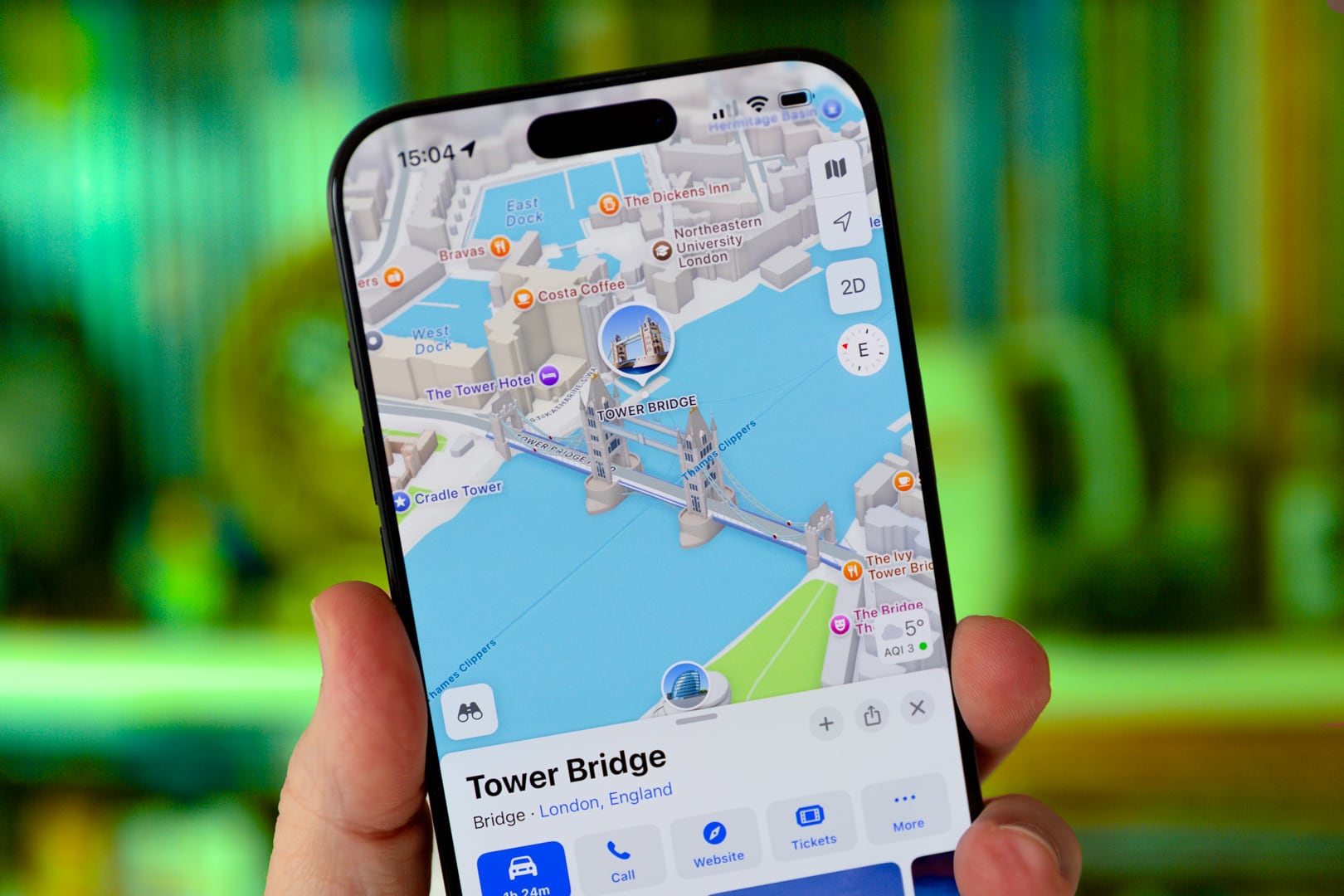The DART mission was a complete success. After 10 months of wandering through interplanetary space, the ship of the same name managed to collide with the asteroid Dimorphos, which belongs to a binary system with Didymos. This is during an experiment to de-orbit it on the first active planetary defense attempt. Today, the ATLAS project, hosted by NASA and the University of Hawaii, shows us how this event was observed in telescopes on Earth.
If you’ve been listening to the NASA broadcast, you’ve already seen the collision between DART and an asteroid. Of course, the ship was destroyed after the crash, so we couldn’t see at the time what the impact of NASA’s mission was. However, Atlas published a video composed of a series of shots of the impact zone. Thanks to them, we can finally observe the moment of the collision from a different angle, and this is very spectacular.
Before the event it was not clear how visible it would be from Earth. However, now we can see a large amount of debris ejected by the asteroid Dimorphos.
“It is difficult to comment on the impressive experience we had last night,” says the official blog of the Virtual Telescope Project. They also added that “we have seen firsthand in real time the aftermath of the DART collision with the target asteroid Dimorphos, making it much brighter, with a huge cloud of debris“.
NASA’s DART mission gives us insight into the film
Like it’s a fantasy movie the moments before the collision were lived with great anticipation. And not just by members of NASA, but by science communicators and fans around the world.
Thus, the 10-month journey of the DART spacecraft until it reached Dimorphos, its final destination, was over. At 1:14 Spanish time, A ship weighing more than 600 kilograms collided with an asteroid at a speed of 22,500 kilometers per hour..

Other telescopes around the world have also recorded this event. The Virtual Telescope Project, based in Italy, also captured the event from Earth. For this, also collaborated with the Klein Karu observatory in Kalitzdorp., South Africa. They also managed to fix the release of material after the collision of both bodies.
This cloud, according to astronomers, would expand at a speed of 2.9 kilometers per second.
The South African Astronomical Observatory was also able to photograph the impact. However, as in the other images, at a distance of 11 million kilometers between Earth and asteroids, both look like a single body.
An impressive achievement of mankind
This must be one of the most impressive and ambitious missions in recent years. Much has been said about planetary defense and existing plans to deflect asteroids in the hypothetical event that they come to Earth. Nonetheless, that this is the first time this type of technology is being put to the test is more than exciting.
Although we still do not have the necessary information to confirm, a large cloud of dust released by an asteroid could indicate severe damage to a spacecraft.. However, we are interested in how much the celestial body has changed its trajectory, although this may take several weeks.
Source: Hiper Textual














